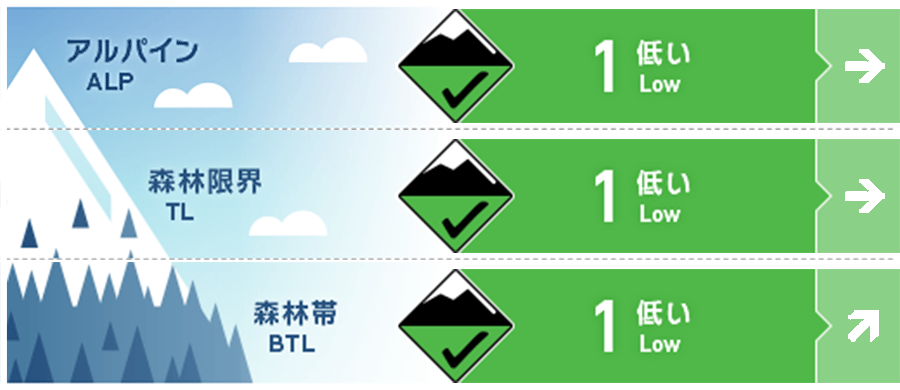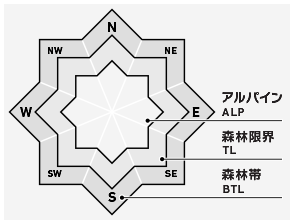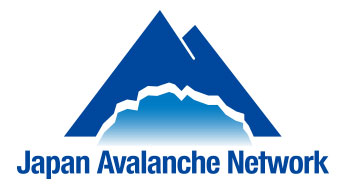
Avalanche Bulletin
更新日時: 2023/03/17 05:00
Kagura Tanigawa Hotaka
Alpine Good
Treeline Good
Below Treeline Good
信頼度:○ good □ Fair △ Low

Travel and Terrain Advice
The spring cycle has begun. Avalanche danger levels vary widely from "low" to "high" during the course of a day depending on temperature, solar radiation and rainfall. We recommend that you take action before crusts start to loosen up. When snowballs begin to roll on steep slopes in the sun, it is a sign that the snowpack is losing strength. Watch for loose snow avalanches. Be careful on large steep slopes as the size of the generated avalanche increases. Also be aware of the possibility of block avalanches from cliff-like areas and glide avalanches from open glide cracks. Avoid under such areas. Or move quickly.
Avalanche Problem
全層雪崩 Glide slab
















Watch out for block collapses from cliff areas and open glide cracks.
点発生湿雪雪崩 Wet Loose snow
















Beware of large steep slopes
概要
Avalanche
There were no reports of new avalanches observed yesterday, but few people entered the mountain.
Snowpack
The surface to middle layers of the snowpack gradually increase in strength through a cycle of melting during the day and freezing at night. At lower elevations, there is no nighttime cooling. In areas with thin snowpack and open glide cracks, water is expected to percolate to the ground interface due to melting caused by rainfall and rising temperatures.
Weather
As of 4:00, there has been no precipitation in the past 24 hours at Ameda Fujiwara. The temperature is 2.1°C. The Japan Meteorological Agency is forecasting cloudy skies and rain in the evening due to the influence of a pressure trough and a frontal line extending along the southern coast of Honshu.

